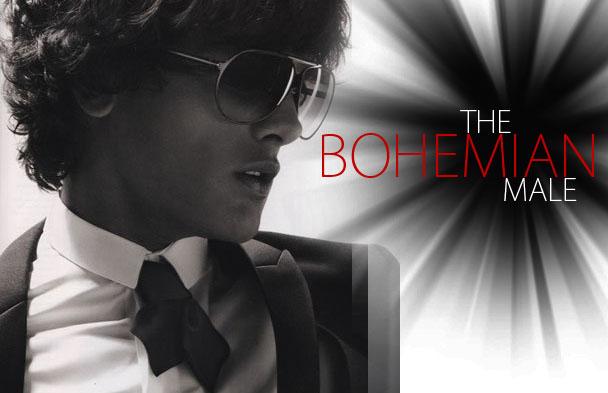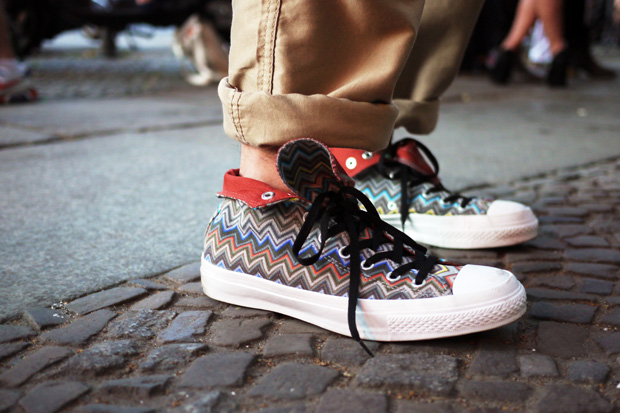
Aged 10 and unleashed for the first time in a retail scenario, I found myself splurging my entire holiday budget on a pair of sunglasses. My mother and father were worried, having misplaced me in a British department store. However, after an hour, the sight of a nonchalant, curly-haired child sporting mirrored aviators on an escalator provide as much amusement as relief. It set a pattern for my life: poor money management, extravagant eyewear – and appearing ridiculous.
Yet to me, sunglasses became a sign of freedom. They afforded the chance to escape the humdrum of ordinary life to somewhere extraordinary (even if were just inside the theatre of my head). Continuous dark-glass wearing is the domain of iconic actors, glamorous stars and attitude-emitting rocker stars.
Naturally, the power of sunglasses runs deeper than the lush, green, ancient French volcanoes. “Glasses belong to the vast family of masks,” writes Patrizia Magli in Occhiali. “A mask… is an instrument of metamorphosis. It does not serve to cancel the face it conceals; on the contrary, it offers that face new ways of being.” Pat, you’ve hit the nail on the head. New ways of being? Put me down for lifetime’s subscription. This is what everyone strives for.
Early Marlon Brando and James Dean pictures provided the sartorial handwriting for my comprehensive-school-resistance quiff, windcheater and Ray-Ban Clubmasters, which combined in “rebel without a foundation course” torment. Sunglasses enhanced the portrayal of an angry young man mired in a suburban nightmare.
I now wear “bins” every day. OK, I get some stick, but engaging style is often about misappropriation. Shades are about changing your reality, not protecting your retina. Was Audrey worrying about cataracts as she peered through the window of Tiffany’s? Did Thomas Crown need shades as he stuffed a sack of bank notes into the trunk of his Rolls?
In Fellini’s La Dolce Vita, the cast wore Persol glasses almost permanently. Mastroianni, Ekberg and Fellini himself embodied the new style dynamic and delivered a message of carefree, fresh indulgence. As the film became a blueprint for international verve, so the eyewear was catapulted to the style wish list. Rather than being influenced by Italian style, this brand provided some of its very building blocks.
The eyes are so fundamental to our communication with others that to place a barrier in front of them is almost willful in its indirectness. They become an armor, a weapon even. With the arrival of Warhol and his aloof bunch of dropout druggies, The Velvet Underground; a new, edgy “It” crowd was born. For youths looking for a vehicle to express a touch of aggro chic, their sullen sneers were the blueprint for awkward nonconformism, their churlish stances magnified by black wraparound glasses. (Attempts to up my fashion-college persona in a similar manner fell short and merely garnered abuse from scaffolders.)
Hiding the eyes is one thing, hiding one’s presence is another. To go unnoticed is the oft-claimed intention of shades-wearing “celebrities”, but sunglasses are a lightning rod of attention when deployed out of context. Anonymity is bypassed. Forget such faux modesty by the false pretenders: they all want to sign up for the cool clique who wear sunglasses whenever, wherever.
Here’s the rub: it’s a clique we can all join. All that’s required is a well-chosen pair of sunglasses, a dose of life spirit and you’re off. From London to Monte Carlo, Southend to São Paulo, the eyewear fast track to glamour and excitement is the most egalitarian slice of style known to man.

